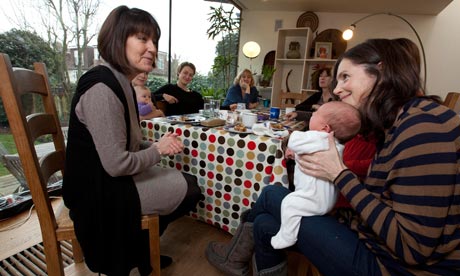The reservation, a sovereign nation, is
home to the Oglala Lakota people approximately
40,000 residents living in more than
50 small communities and governed by the
Oglala Sioux Tribe. More than 50 percent of the population is
under the age of 18, and young people on Pine Ridge are 10 times more likely to commit
suicide than in any other community in
America. The percentage of young people on the reservation
clearly reflects the area’s low life
expectancy, but it also represents an opportunity
to transform the region by empowering
young people to become leaders who can
change the future of their community.
We wanted to run youth programs, build
housing, create jobs, improve health, and
do anything else needed to strengthen our
communities. The policies,
statutory decisions, and bureaucratic
processes that exist today have created silos,
separated people from resources, and most
important, discouraged people from feeling
empowered to create their destiny.
To tackle these interconnected problems
we chose a community development
corporation (CDC) model and created the
Thunder Valley Community Development
Corporation we didn’t want to be confined
to a narrow focus. As Oglala Lakota people
working through these issues on Pine Ridge,
we recognize that we need to return to our
ways and live in harmony with one another.
So far, our regeneration work has led to
the creation of two major initiatives that
are catalyzing Pine Ridge to build more equitable
communities. Since it passed the Oglala Sioux Tribal council
in 2012, it has brought more than $12 million
into the region in the form of grants, loans,
and investments to improve roads, build
homes, and create more livable communities.
Our approach to creating regional equity is
to build an actual physical community and
to create the associated models for development
that will sustain that community. We are now building a 34-
acre affordable, eco-friendly, place-based
community in the Porcupine district on Pine
Ridge. It
will emphasize home ownership and include
healthy, livable neighborhoods with walking
paths, a community wellness center, outdoor
youth spaces, artist live-and-work spaces, an
organic garden and farm, a workforce development
training center, and spaces to incubate
local businesses. And so our
message to philanthropy is this: If the goal is
fostering sustainable social and economic
change on a national scale, then funding
grassroots community organizations working
to create holistic pathways to healthy and
prosperous communities is crucial especially
if the change you seek is in the poorest
and most challenged communities.
We are working with and actively engaging
our community, and we are challenging
foundations and other private partners to
help us disrupt the status quo and build a
long-lasting commitment to the principles
of equity, regeneration, and social justice. We have a long way to go to create a lasting
ecosystem of opportunity so that our people,
and others who experience the effects
of generations of oppression and failed development,
can become their own agents of
change.
We have the ability to end poverty in
Native American communities in our lifetime
if the philanthropic community is ready
to partner with us, take risks, and invest in
long-term, community-led capacity-building
programs. There is a growing nonprofit sector in Native
America, the community development
finance institution movement is in full swing,
and we have powerful, resilient cultures to
rely on. By catalyzing the power of people to make change, community organizers equip
people at every level to overcome the myriad barriers to health.
Instead of dictating how people should change to meet the needs of the voting system, IDEO’s design team focused on how the system might be redesigned to meet people’s needs.
